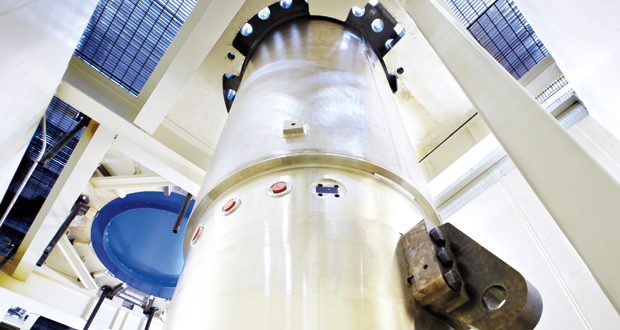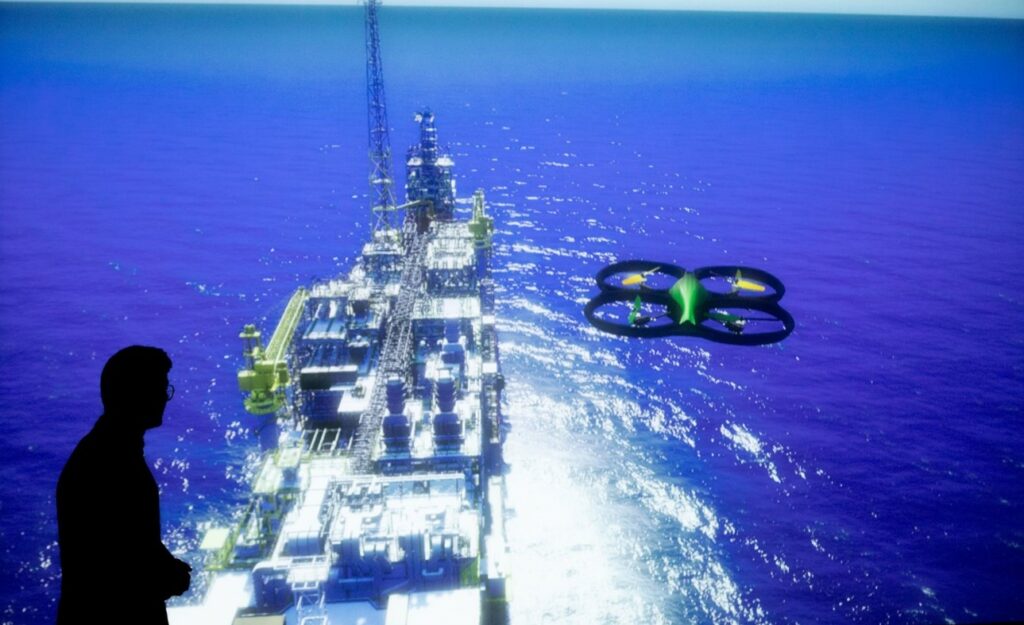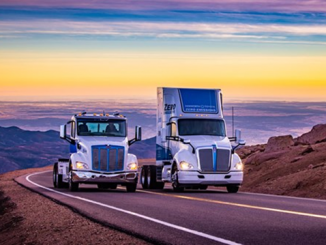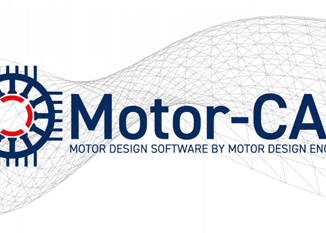
While advancements in electrification often conjure up visions of electric vehicles, they also take place in many industrial applications as electromechanical systems increasingly replace hydraulic power. A fresh example is electrification of legacy hydraulic apparatus in the offshore oilfields of Brazil. Curtiss-Wright announced in February that is has signed a technology cooperation agreement with Petroleo Brasileiro, known as Petrobas, to design, manufacture, test and provide operational support for a Subsea Canned Motor Boosting System, to be deployed mudline at a Petrobras production field in the Campos Basin.
Curtiss-Wright is working jointly with Petrobras to develop the system for unprocessed hydrocarbon fluid consisting of a mixture of oil, gas and particulates that will operate at a 1,500-meter water depth. The project will leverage Curtiss-Wright’s canned motor technology, as well as Petrobras’ expertise in flow assurance and offshore hydrocarbon production and processing, to ensure the subsea boosting system will perform according to field requirements. It is expected to serve as an effective and reliable alternative to current subsea pump technologies by reducing unplanned outages and production interruptions.

“We are excited to be working collaboratively with a leading technology developer and experienced end-user of downhole pumping and mudline boosting systems for demanding applications,” said Lynn Bamford, Chair and CEO of Curtiss-Wright. “These efforts will allow us to apply our proven canned motor technology expertise to this adjacent market, thereby enabling an all-electric subsea production system, while providing an opportunity to bring tremendous value to Petrobras.”
Curtiss-Wright’s canned motor pump technology is expected to enable reliable subsea production with fewer topside support systems, and also provide flexibility to deploy these systems on lighter weight, lower cost vessels, which are more readily available than the larger handling vessels required in today’s operations. It originally developed the technology to for the nuclear power industry. Typically, both the stator winding and the rotor squirrel cage of the permanent-magnet motor are hermetically sealed to achieve a dry winding for the motor’s lengthy design life.
Now, as “topside-less” technology for the offshore petroleum industry, it will support Petrobras’ objective of all-electric subsea boosting systems to enable long tie-back production arrangements. Additionally, the design provides flexibility to deploy future Curtiss-Wright topside-less subsea boosting systems scalable to 6MW for multiphase applications, in alignment with Petrobras’ technology development roadmap.
Curtiss-Wright is performing the design, manufacturing, and water-based testing at its Cheswick, Pennsylvania facility within its Naval & Power Segment. Multiphase testing with hydrocarbons will take place at a facility in Brazil. The first system is expected to be ready for operation in 2027.

Petrobas is a prolific developer of new technologies centered around its energy businesses. It regularly files more than a hundred new patent applications each year. The company’s strategic plan, recently released, foresees investments of US $3.6 billion in research, development and innovation from 2024 to 2028, the highest in the company’s history, with an increase in investments in decarbonization and new energy of around 30% in 2028.
For more info, see www.curtisswright.com and www.petrobas.com.



